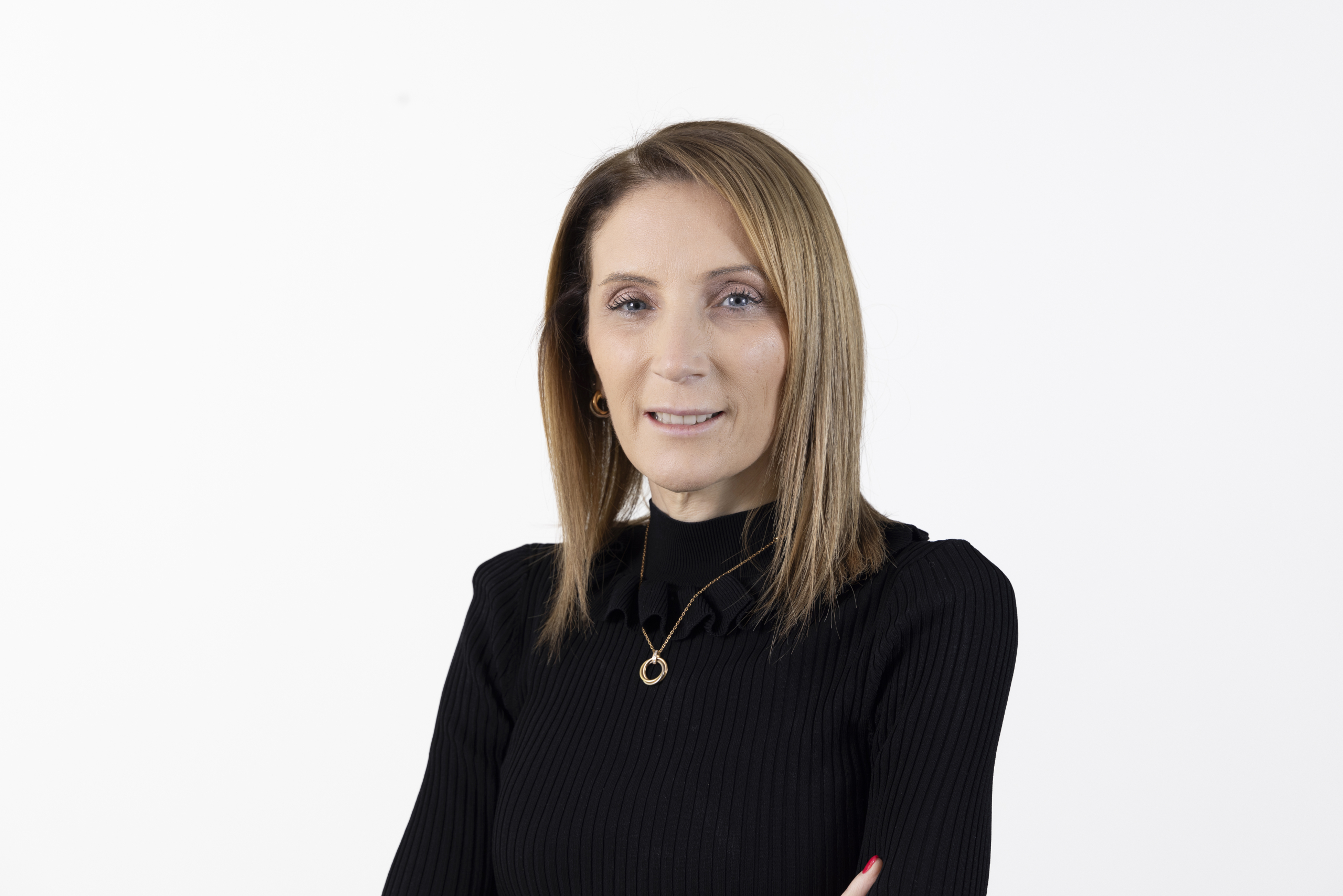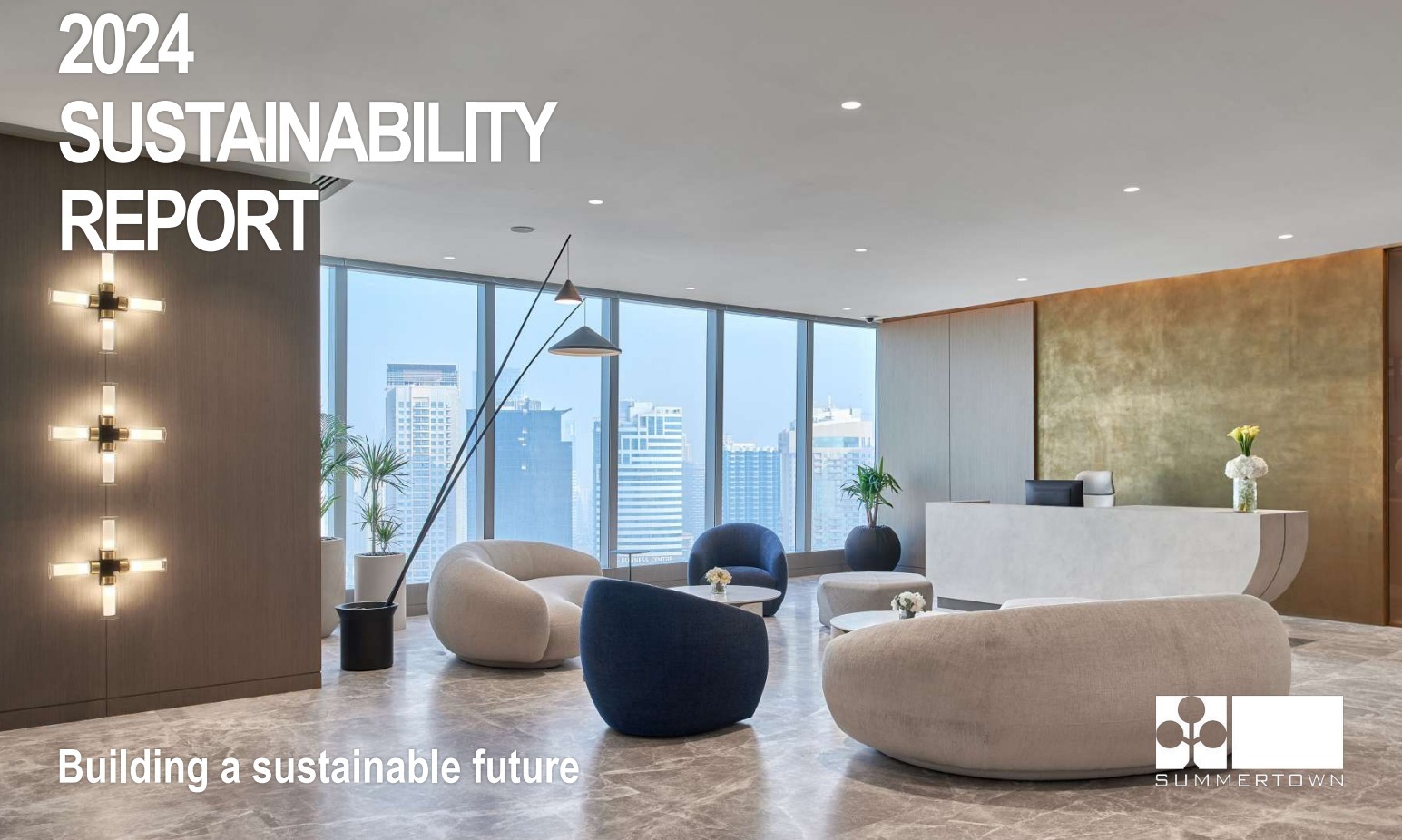By Marcos Bish, Managing Director, Summertown Interiors
I recently attended a panel discussion at Design Days Dubai on the role and value of bespoke in interior design. The panel included members from Capsule Art, Pallavi Dean Interiors and the UK Crafts Council, and the main focus of the discussion related to commissioning bespoke art for interior design projects.
Bespoke is a subject that is close to my heart, not only because Summertown Interiors recently commissioned bespoke art for our office from Mawaheb, a local art studio for adults with special needs, but also because of the highly personalised service that we offer our clients, particularly for green fit-out projects. A number of points raised during the talk resonated with Summertown’s business, and I left with the impression that from a designer’s point of view there are many similarities between convincing a client to commission a piece of art and convincing them to opt for a green fit-out.
It was agreed that there is a common misconception that commissioning bespoke art is a risk, whereas buying something that is ready-made and tangible is a safe option. The opposite is in fact true. A bespoke piece of art or furniture is personalised – it has been created to be just right for the client and to fit their brief as closely as possible.
The same can be said for a green fit-out. When looking at ways to reduce waste and carbon emissions while creating a healthier workspace, the designer and contractor take must take into account the individual behaviour of the occupants, paying close attention to the workspace and maximizing it to the full. Green fit-outs, particularly retro fit projects, also encompass a number of creative resourceful solutions that are bespoke through the reuse of existing materials. For example, in one of our projects The Change Initiative, we removed the marble flooring and reused it in the kitchen, and reused wooden flooring to make the wooden wall paneling.
Another point raised during the talk was that clients felt commissioning art was expensive. This is also a main factor that is considered when it comes to a green fit-out. A green fit-out costs only marginally more than one that is not – approx. 1-2% for a project that is certified at the lower level, and up to a 20% increase for the higher rating; ‘going green’, however, delivers major benefits in the long run due to operational cost savings for the building occupants.
Again we see a similarity with original art work in that green design really comes into its own as time passes. Landlords will see their building appreciate in value as the benefits of the project start to be felt. We estimate that ROI for a green project is between 1 and 8 years, depending on the size and scale of a project.
The talk ended on a positive note – the design industry in Dubai is one of the most exciting in the world. UAE projects want to push the boundaries and be the biggest and the best. For everyone in the industry this is great news. Once clients understand the role of bespoke, green, and customisation, and value their many benefits, we will start to see some major developments in the industry and, knowing the UAE, it will happen sooner than we think.

